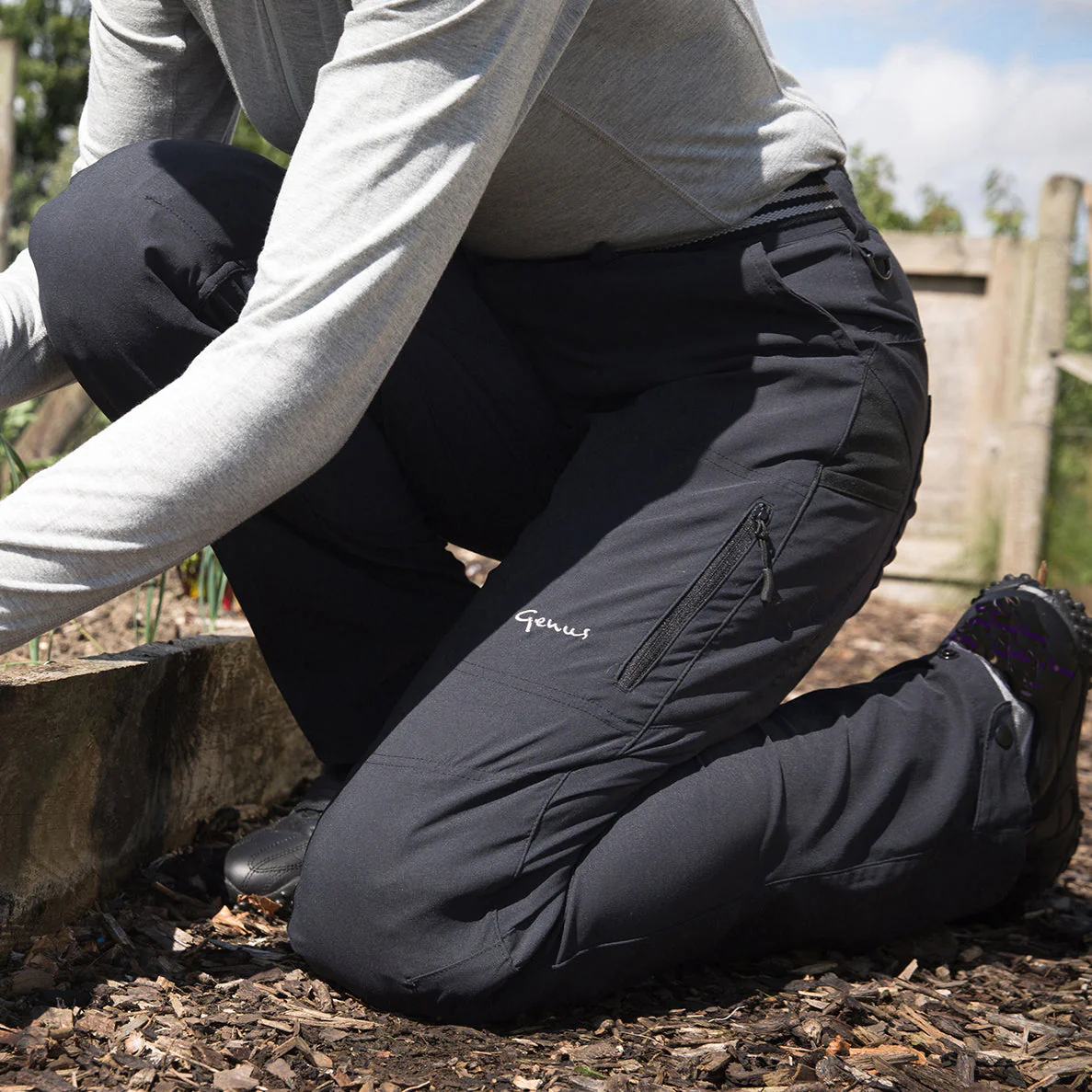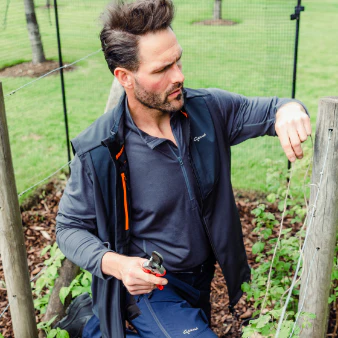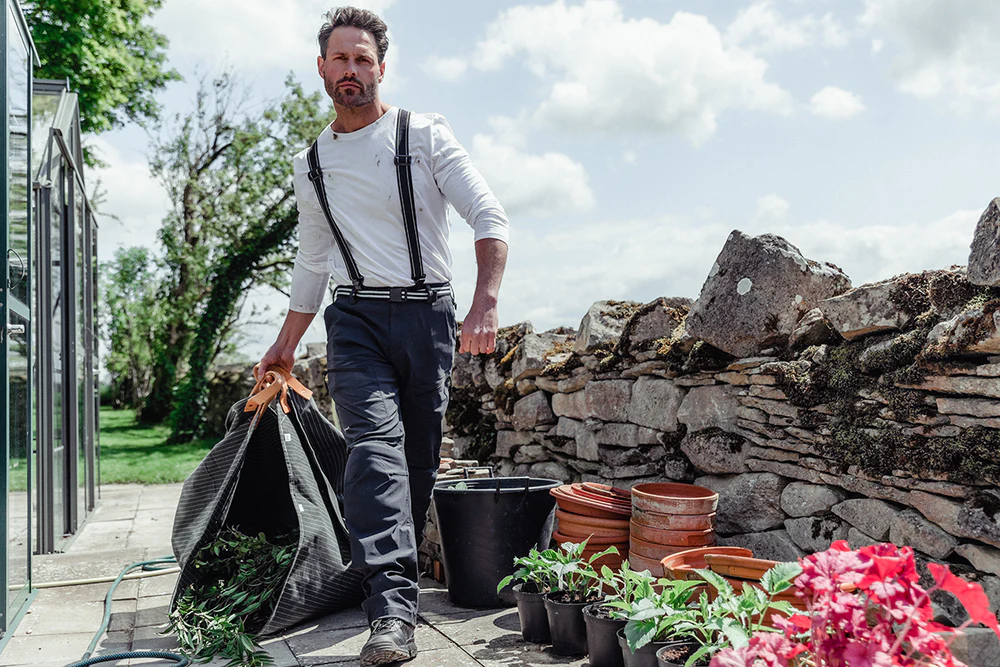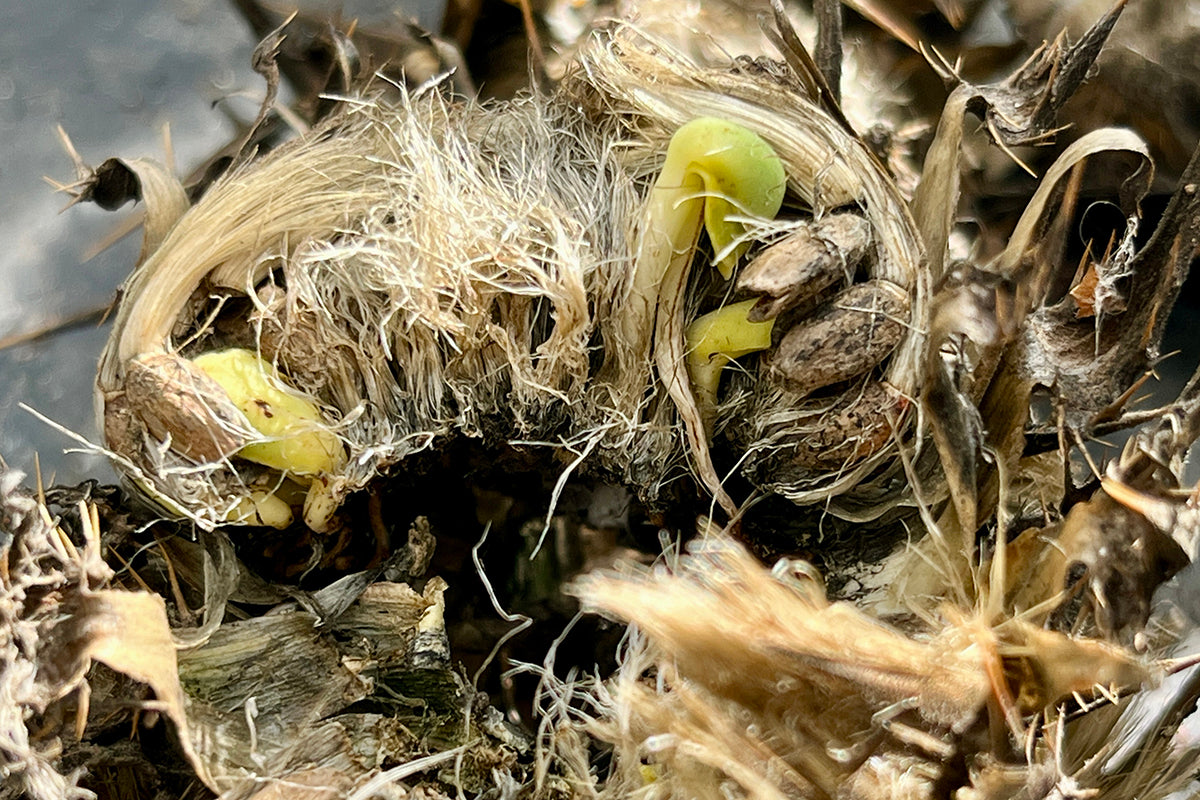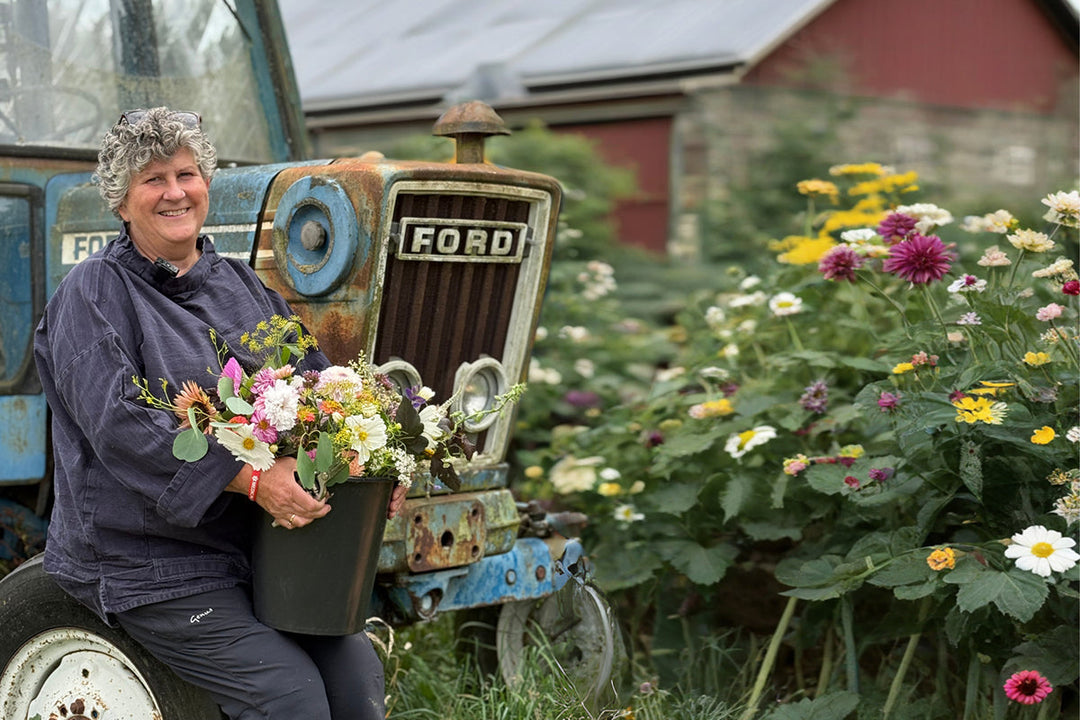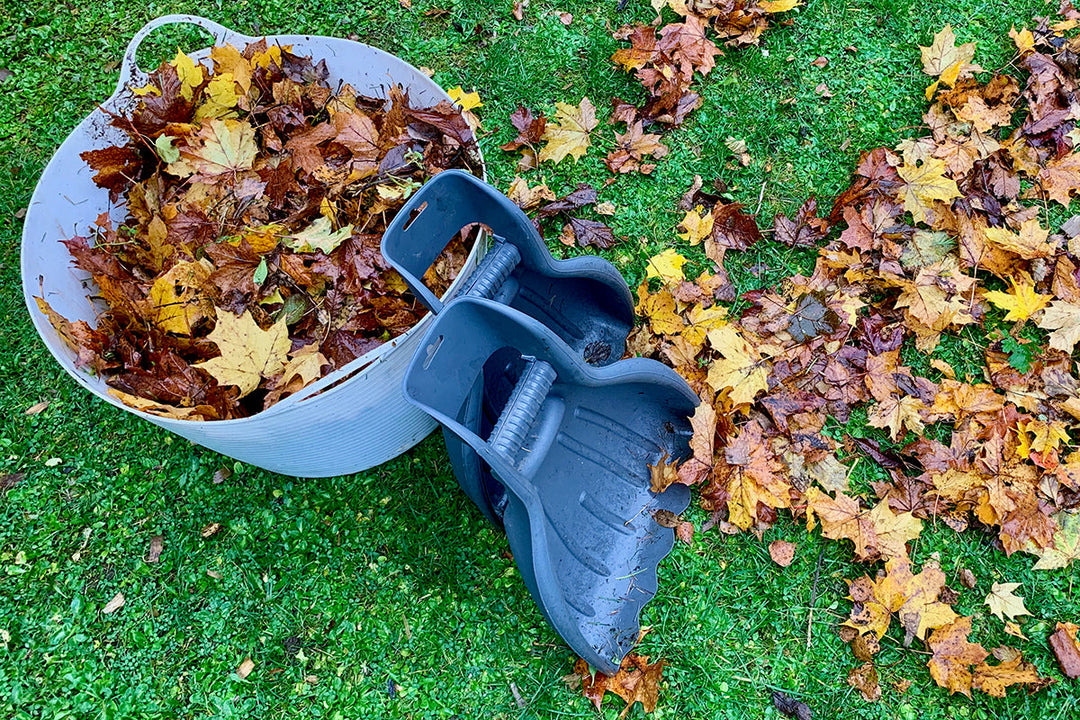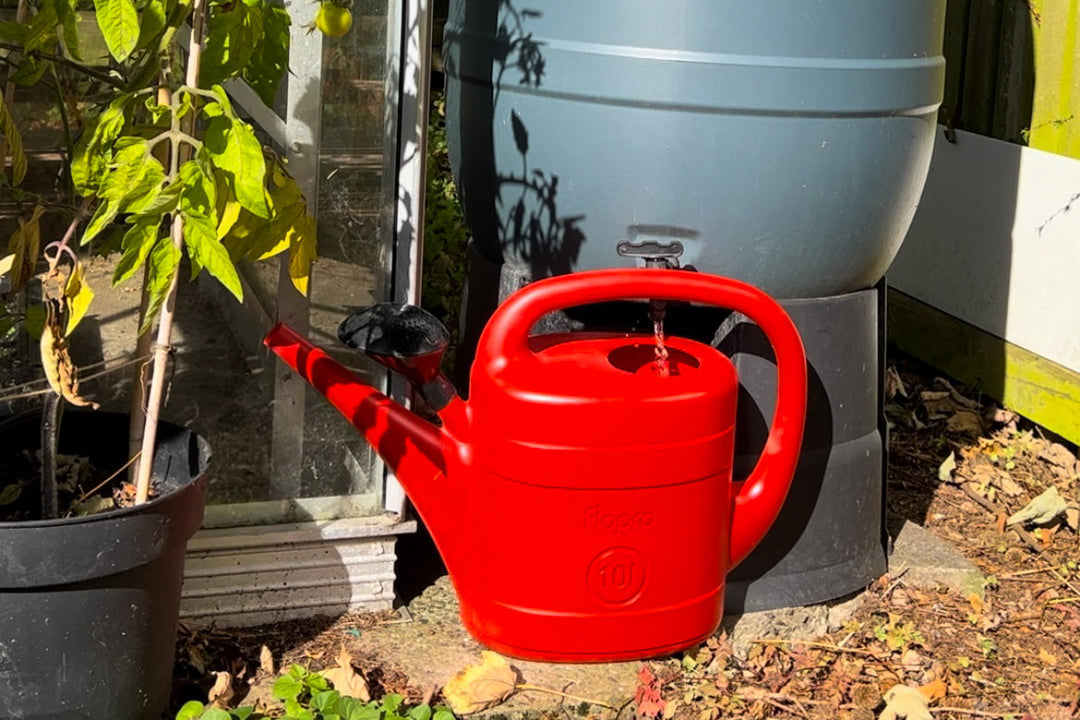Gardeners' notes - what to do in May

Plant out half hardy annuals
Your greenhouse or window sills are probably groaning under the weight of annual plants that you’ve been caring for since sowing them a few months ago. Now is the time to get them into the borders. Some people like to ‘harden’ them off by putting them outside by day and bringing them in at night - just for a week or so. This prepares them for the change in temperature and loss of protection.
In the Genus garden we’re often too busy to do this and have had no harm come to the plants by planting them straight out into the soil. Like the succulents mentioned below, be aware of the danger of frost both nationally and regionally. When planting out in the borders consider their ultimate height and that of their neighbours. You don’t want them swamped by over-vigorous perennials and equally you don't want them to dominate any smaller plants next to them.
Some plants such as Cosmos, especially if they’ve become a bit stretched and lanky during their seedling stage, can be planted deep with a portion of their stem buried. This will stop them flopping over. They’ll create more roots from the buried stem and give a more stable and vigorous plant as a result.
Lift and drop
Here’s a little exclusive tip that you rarely see talked or written about. We all know that Sedum - now correctly called Hylotelephium - starts to flop as the season progresses. As a relatively low grower it’s often found at the front of borders and the result of its sprawling habit is a dead patch of grass as it cascades forward. As a remedy, intricately woven constructions of hazel twigs are often recommended, as are the flat, circular, mesh style supports for the flowers and stems to grow through.
There’s a much easier way to overcome this. Push a border spade or fork under the clump and lift, as if removing the plant to relocate it. In this instance don’t move the plant, simply lift the root ball up to ankle height out of the ground and then drop back down again into the hole that’s just been created. Result? The plant will stay well behaved and erect for the rest of the season.
So why does it work? You’re basically root pruning. By lifting the plant you will be severing a number of roots which will decrease the vigour of the specimen as it creates a new root system. In dry conditions give the lifted plant a good water after lifting. If the clump is particularly large, now is a good time to split the clump into two or three smaller plants which can be relocated around the garden.
Note, both operations - lifting or splitting - can be carried out any time after December. This method of lifting to reduce vigour can also be carried out with many other perennials. Have a go and experiment to see which ones are best suited to this method.
Plant up a succulent pot
May is a great month to start thinking of planting up a pot of wonderful tender succulents. Fill your chosen pot with a mix of compost and horticultural grit. A 70/30 mix is good. These plants don't like ‘wet feet’ so good drainage is essential
Echeveria and Aeonium are probably the most popular choice, but others such as Agave, Aloe, and some of the cacti species are also suitable if you have the space. The biggest danger is putting them outside too early. Mid May is usually the time for the last frost to be expected but consider your location within the country, your individual microclimate, and the current weather conditions that are being forecast. If any late frosts are forecast try to bring the pot into a greenhouse or give a cover of thick horticultural fleece. Scared off by the possibility of an expensive loss? Sempervivum, commonly known as houseleeks are fully-hardy succulents and come in a surprising range of colours and sizes.


